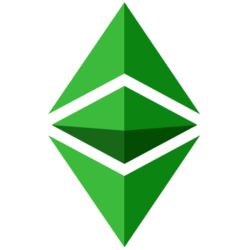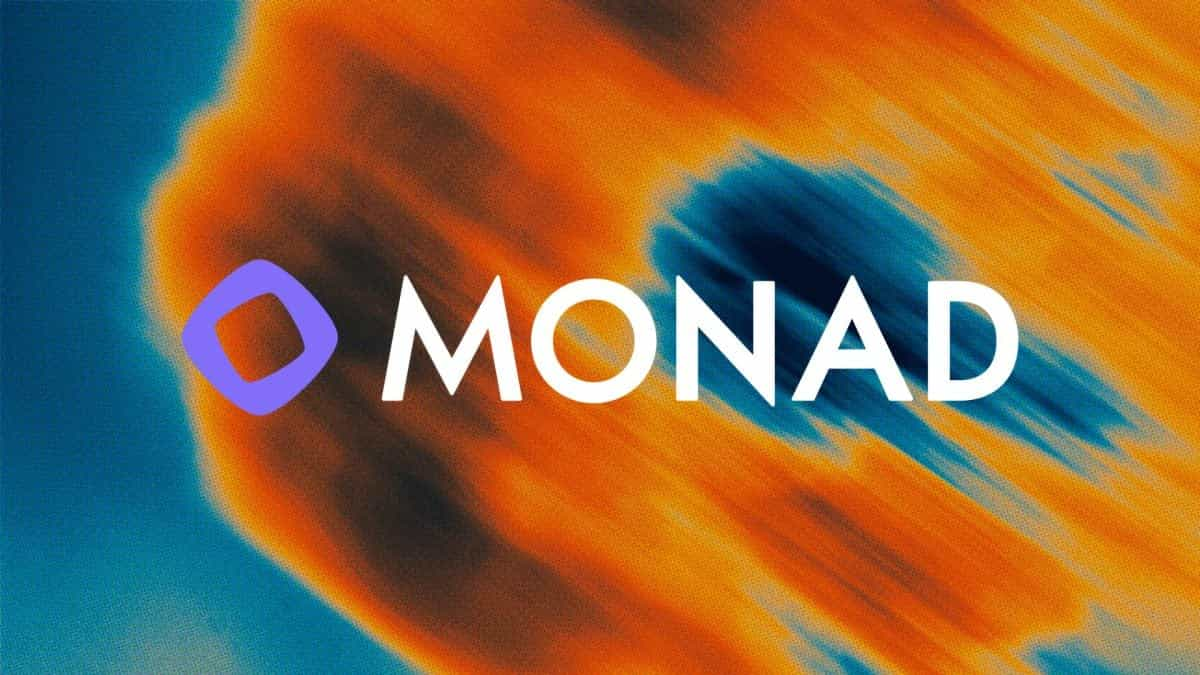0x000...4f556a

Aster (ASTER) PHP Price
aster Market stats
About Aster
Aster Price Data
Aster (ASTER) currently has a price of ₱79.65 and is up 17.88% over the last 24 hours. The cryptocurrency is ranked 52 with a market cap of ₱160.7B. Over the last 24 hours, it saw ₱73.3B of trading volume. The token has a circulating supply of 2B tokens out of a total supply of 8B tokens.
Aster is a next-generation decentralized exchange platform built to unify perpetual (derivatives) and spot trading across multiple blockchains in a non-custodial, user-friendly environment. While traditional DeFi platforms often require users to manually hop between networks or bridge assets, Aster aims to simplify the experience by aggregating liquidity and offering cross-chain execution in a seamless way.
One of Aster’s standout features is its “Simple Mode”, which allows users to execute trades with one click, while shielding them from MEV (Miner/Maximal Extractable Value) attacks through order obfuscation and private relayer architecture. This gives traders both ease of use and protection from common front-running or sandwich scenarios. Its “Pro Mode” meanwhile caters to more experienced users, offering advanced order types, hidden orders, grid strategies, and more sophisticated tools.
The native token, ASTER, plays several key roles within the Aster ecosystem: it powers governance (token holders vote on protocol parameters and upgrades), enables staking rewards, and helps bootstrap liquidity and incentives for users. The token embodies the alignment of interests between users, liquidity providers, and protocol governance.
From a liquidity and market perspective, Aster has quickly gained traction, positioning itself as one of the emerging leaders in the highly competitive perpetual DEX space. Its multichain presence—including BNB Chain, Arbitrum, Solana, and Ethereum—gives it flexibility and reach. The protocol also commits to capital efficiency: collateral tokens and yield-generating assets can be used in trading strategies to maximize returns while maintaining liquidity.
In short, Aster Protocol seeks to bridge the divide between centralized exchange usability and decentralized security. With its dual modes for users of all experience levels, privacy-enhancing features, multichain integration, and token-based governance, it is positioning itself as a compelling platform for traders who want performant, secure, and friction-reduced access to both spot and derivatives markets.
Disclaimer: The “About” content was generated with the use of AI. For feedback and sponsorship enquiries, email [email protected].
© 2025 The Block. All Rights Reserved. This article is provided for informational purposes only. It is not offered or intended to be used as legal, tax, investment, financial, or other advice.









